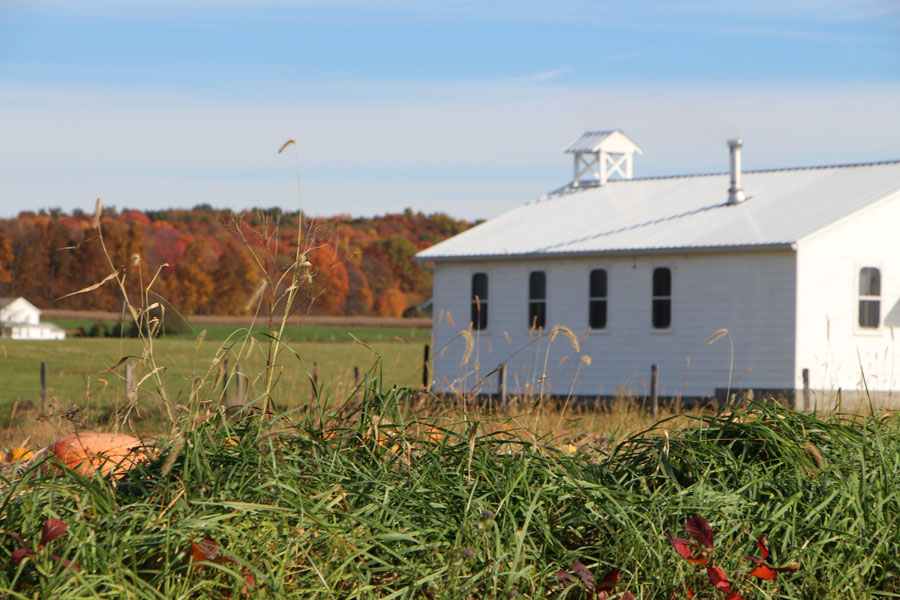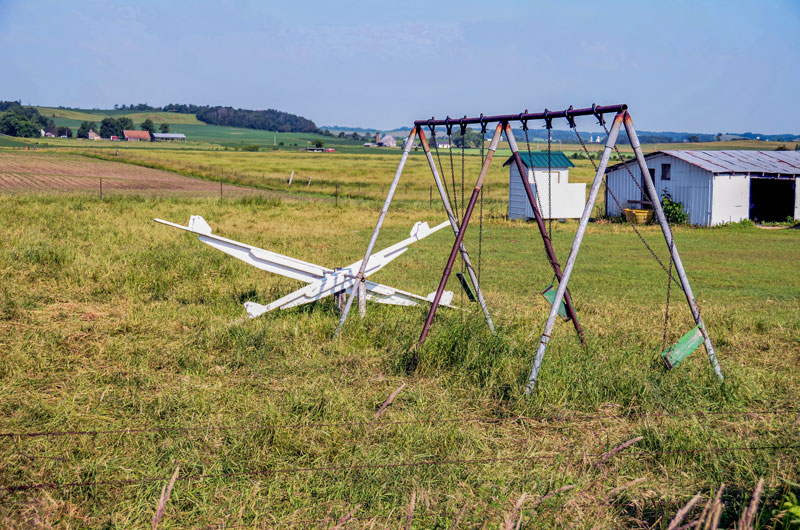16th Feb 2022
Amish Education
Amish Education
Have you ever driven through Amish Country and took notice of the one room school houses? Or maybe caught a glimpse of Amish children playing kickball during school recess? It brings us back to a simpler time, one that sometimes would be a nice change of pace. The teaching and learning that goes on inside those small school rooms is part of what makes the Amish community so unique.
The way the Amish educate their children varies greatly from “English” public and private schools. Schooling concentrates on the reading, writing and math skills. Formal education ends after 8th grade. Based on religious beliefs, Amish are exempt from any state attendance guidelines beyond the eighth grade. Even though their education may end earlier, the family and community will provide the “hands on” training/skills needed to succeed in their adult lives.
The 1972 Wisconsin v. Yoder case, Amish were granted the right to have their children removed from school after finishing eighth grade. Local school administrators in Green County had disapproved of the New Glarus Amish community's practice of removing their children from school early. At the time, Wisconsin law required students to attend school until they reached sixteen years of age. In 1968, three fathers of Amish children were arrested after they refused to enroll their children in high school. The National Committee for Amish Religious Freedom took up the case in court and argued that state officials were violating the religious liberty of the Amish. The case moved to the US Supreme Court and on May 15, 1972, the Supreme Court Justices "granted that both the First and Fourteenth amendments supported the Amish practice of removing students from school before age sixteen."

The Schoolhouse
One-room schools are common and primarily built by the community on donated land. The school grounds might include a softball or baseball field as well as some playground equipment. Near the school, they will have separate outhouses for the boys and girls.
You might think a one-room schoolhouse filled with students – probably brothers, sisters and cousins – is strange. Prior to the 20th century however, that is how everyone attended school. When English schools started consolidating into larger buildings, the Amish stayed with the one-room schoolhouse. This allows for schools to be more local to the area’s families and community. It also made it easier for students to travel to the school by foot or buggy.

Teachers and the School Day
Amish students attend school from age 6 (1st grade) through 14 or 15 (8th grade). Their teacher is usually an unmarried, Amish woman between the ages of 18-22, who also has an 8th grade education. She primarily teaches all grades herself, but occasionally she might ask older students to help with the younger ones.
The Amish stress the basics: reading, math, writing, and penmanship. They are also taught history, geography, social studies, art, and science. Students learn three languages in school. These languages include: Pennsylvania Dutch, High German, and English. Each of these classes are designed to help students be successful, not only in their Amish communities, but in doing business with the outside world as well.
Amish students are also taught responsibility in their education. Unlike the public and private schools who employ janitors, students will often have chores as part of their school requirements. Daily chores may include cleaning the chalkboards, bringing in firewood, sweeping the floors, emptying the trash can, wiping desks, or checking younger students’ workbooks.

Amish School Book - German Level 6
Amish Education Values
One of the biggest differences between Amish education and “English” education is based on what each society values. The Amish emphasize collaboration and cooperation and discourages competition or trying to get ahead of the other students. In English Educations, schools push students toward individual advancements and independence. Amish schools stress accuracy and correctness in their teachings. They emphasize memorization and completing work neatly. On the other hand, Public schools stress speed and critical thinking. In an English education, getting the right answer might not be as important as how a student thinks through the problem.
Another important value is how MUCH education is required. After students complete their schooling, which is usually in the 8th grade, education becomes more informal and focuses on preparing them for the adult world in the Amish community. They might focus on agricultural or craftsmanship-oriented and manual trades, with hands-on learning or apprenticeships. A more hands-on approach to learning a particular skill has helped the Amish be successful in business as well as an effective means of passing on valuable skills.